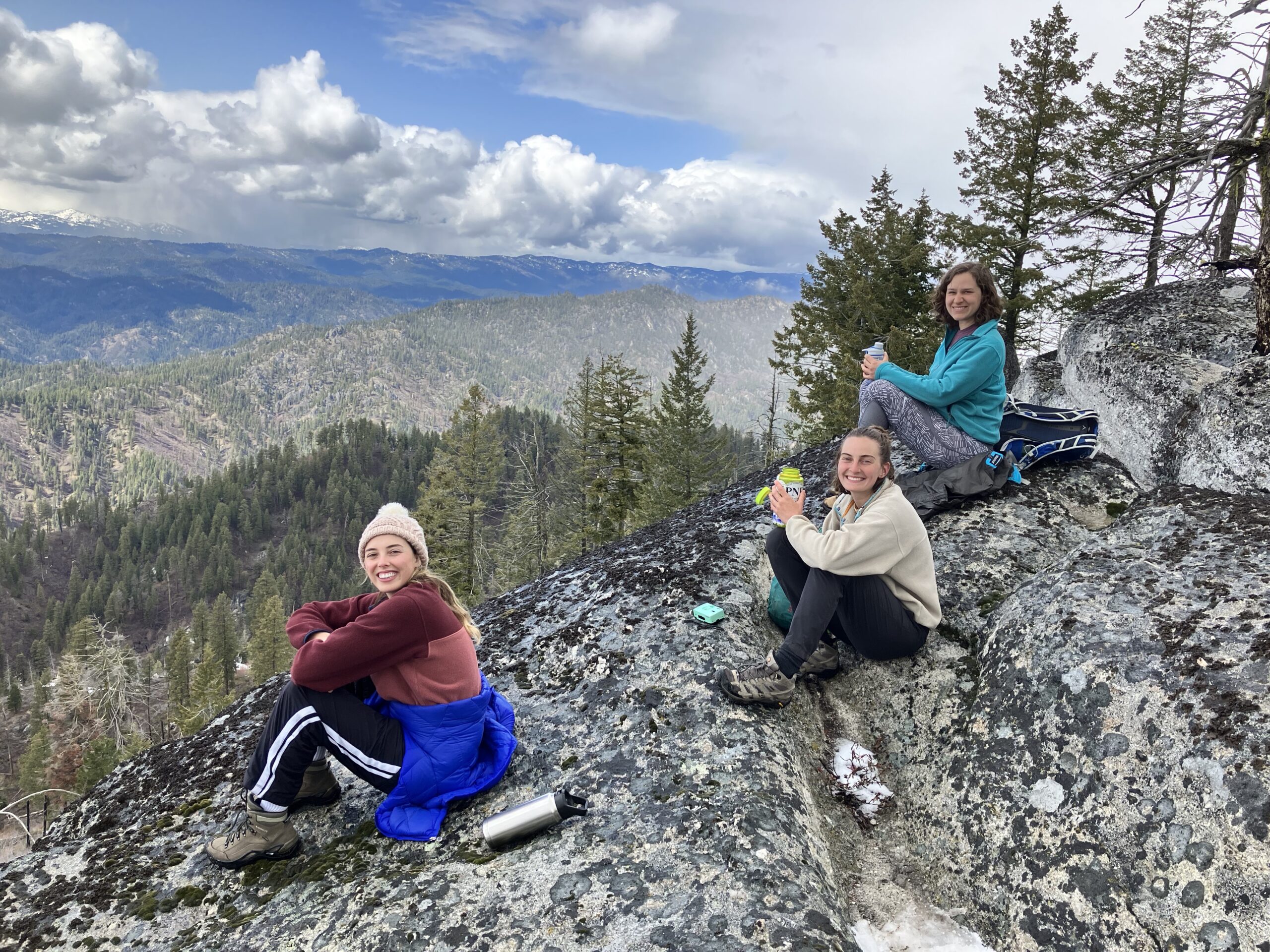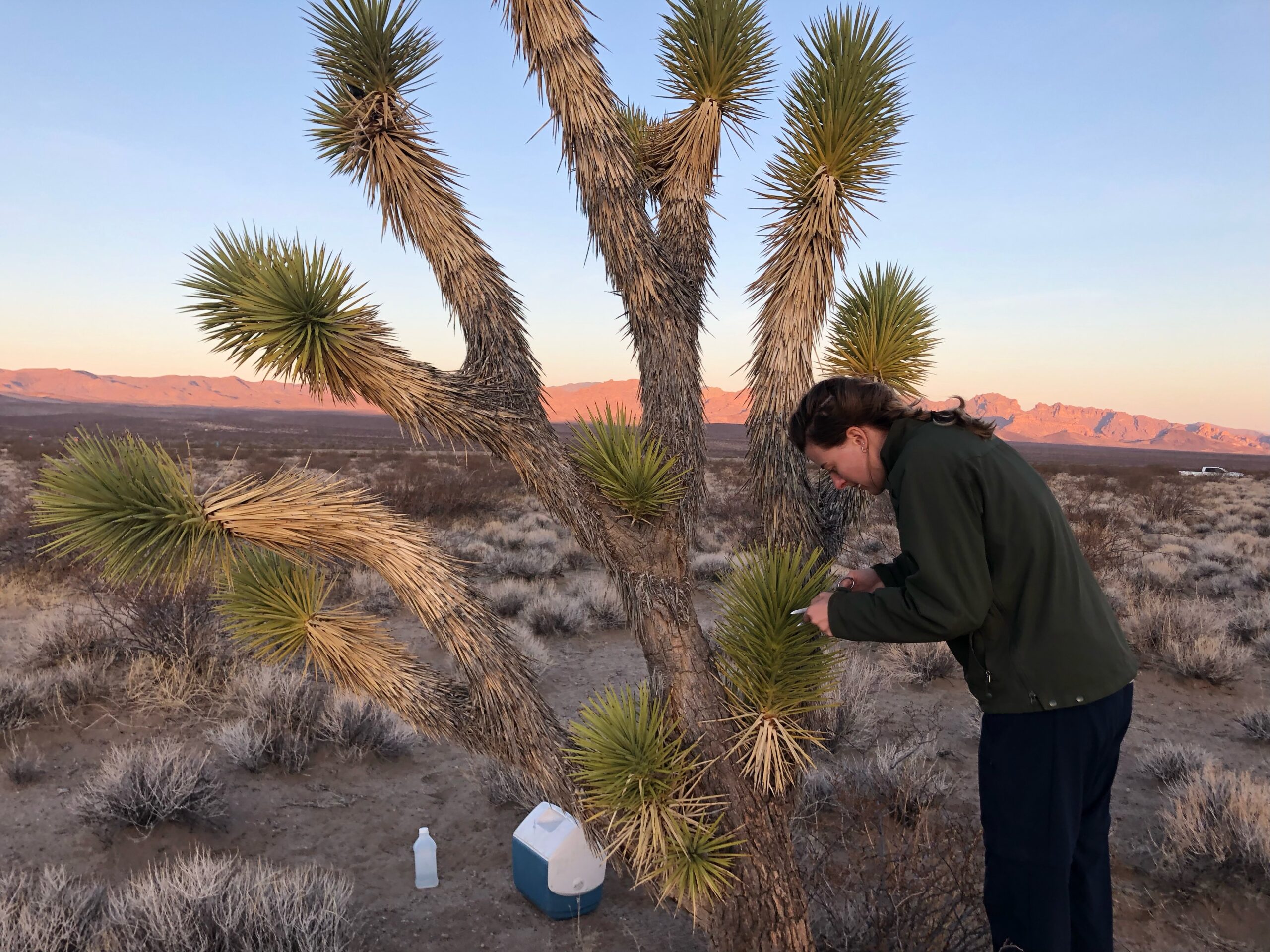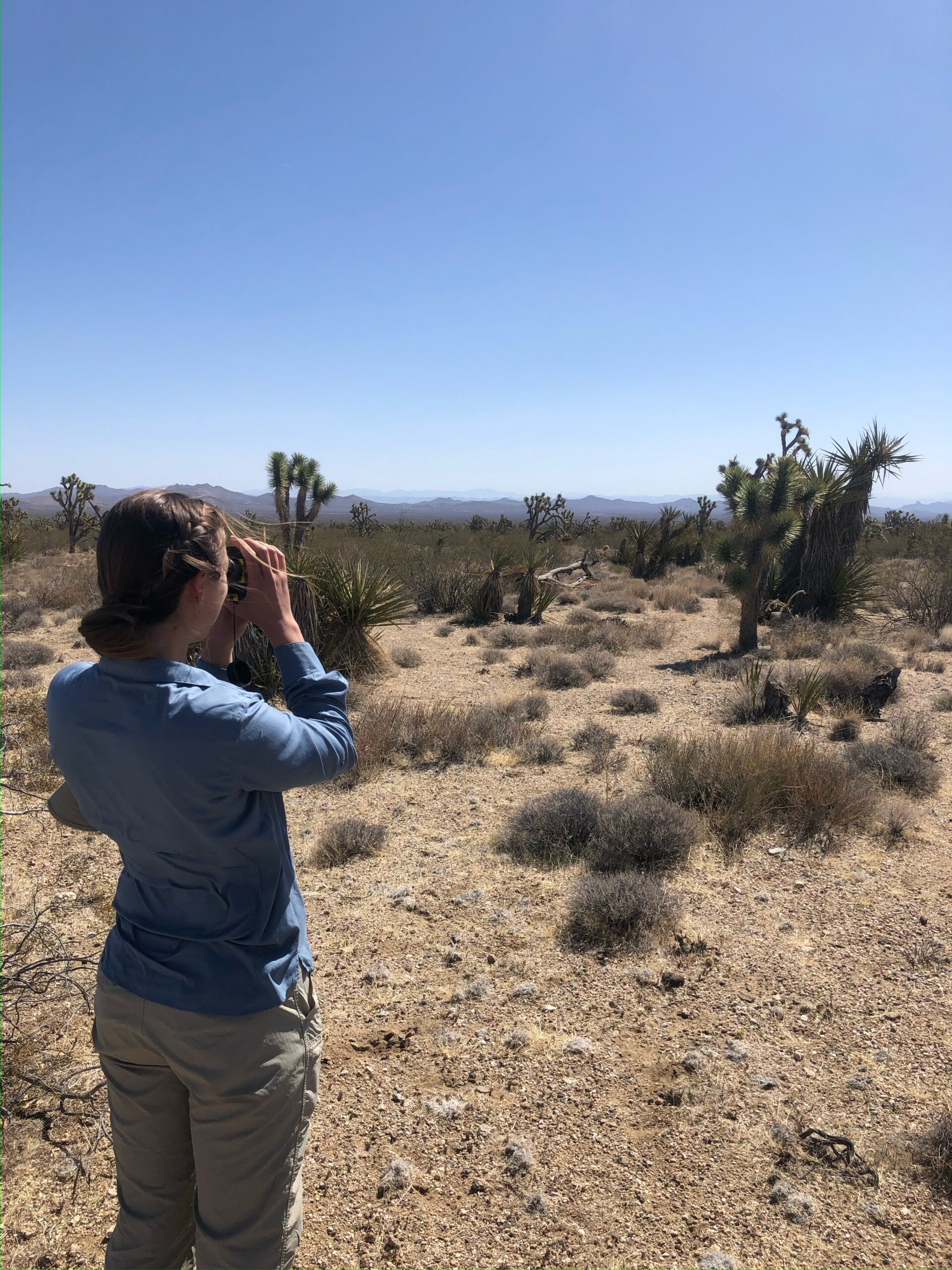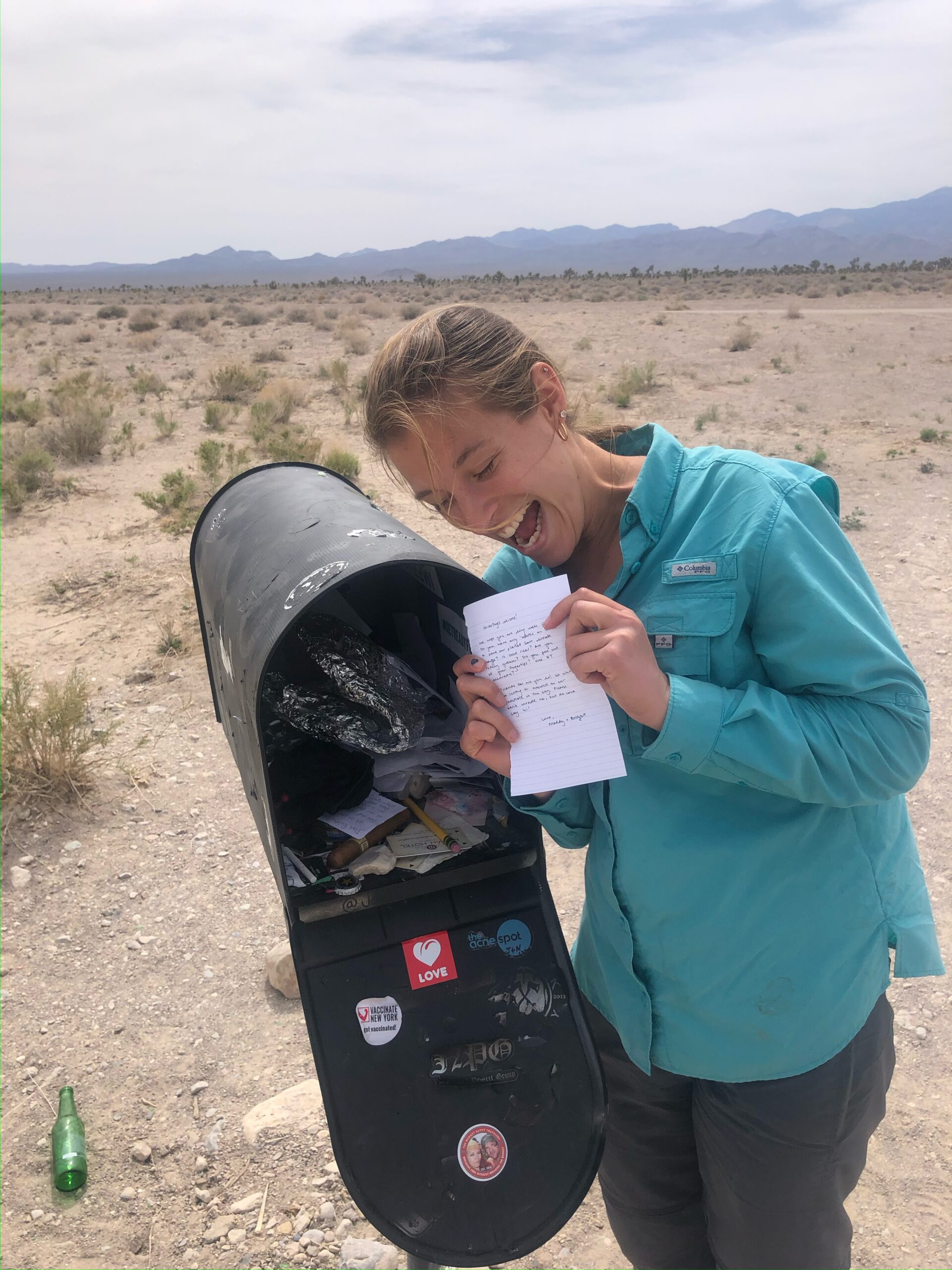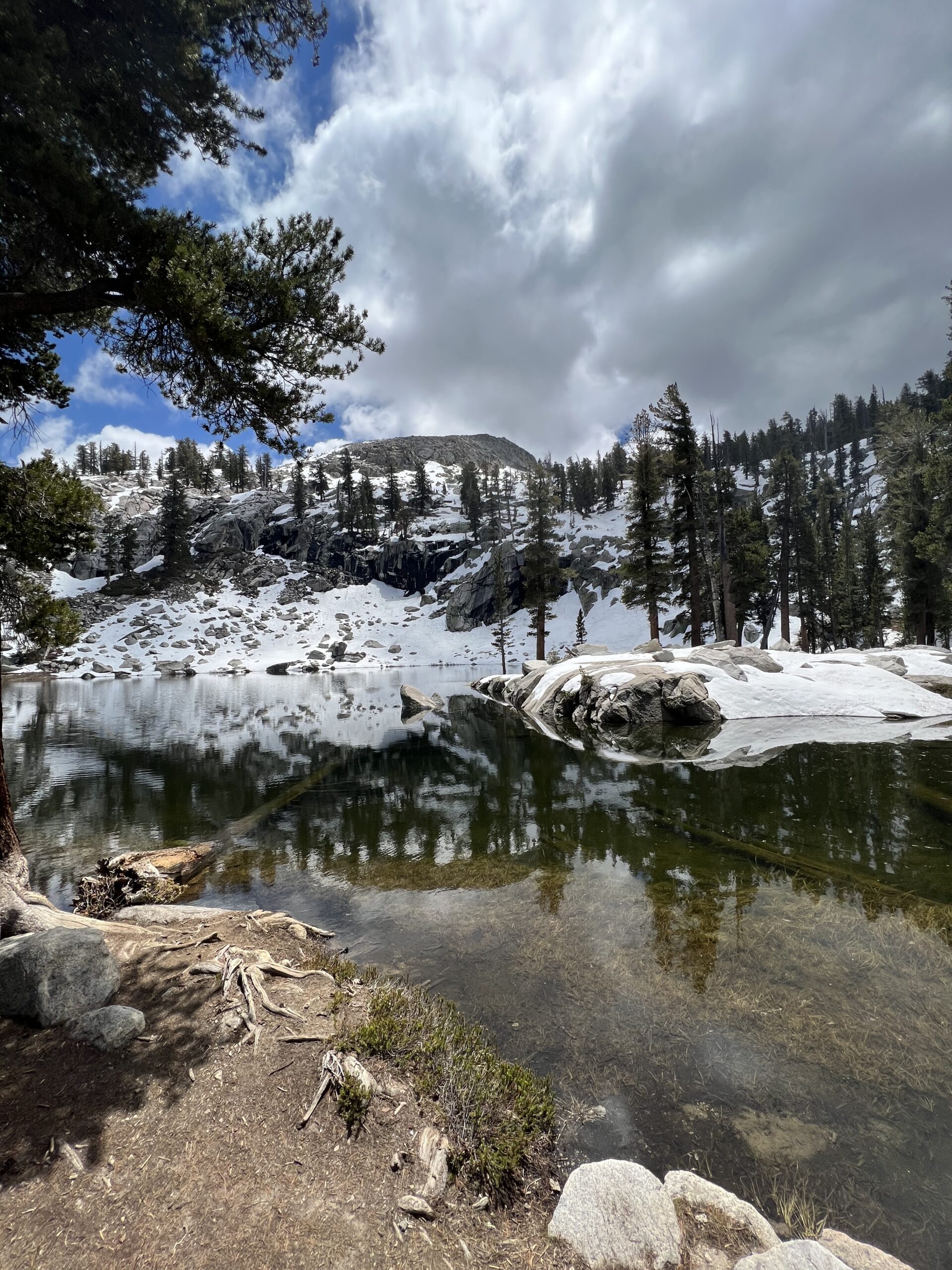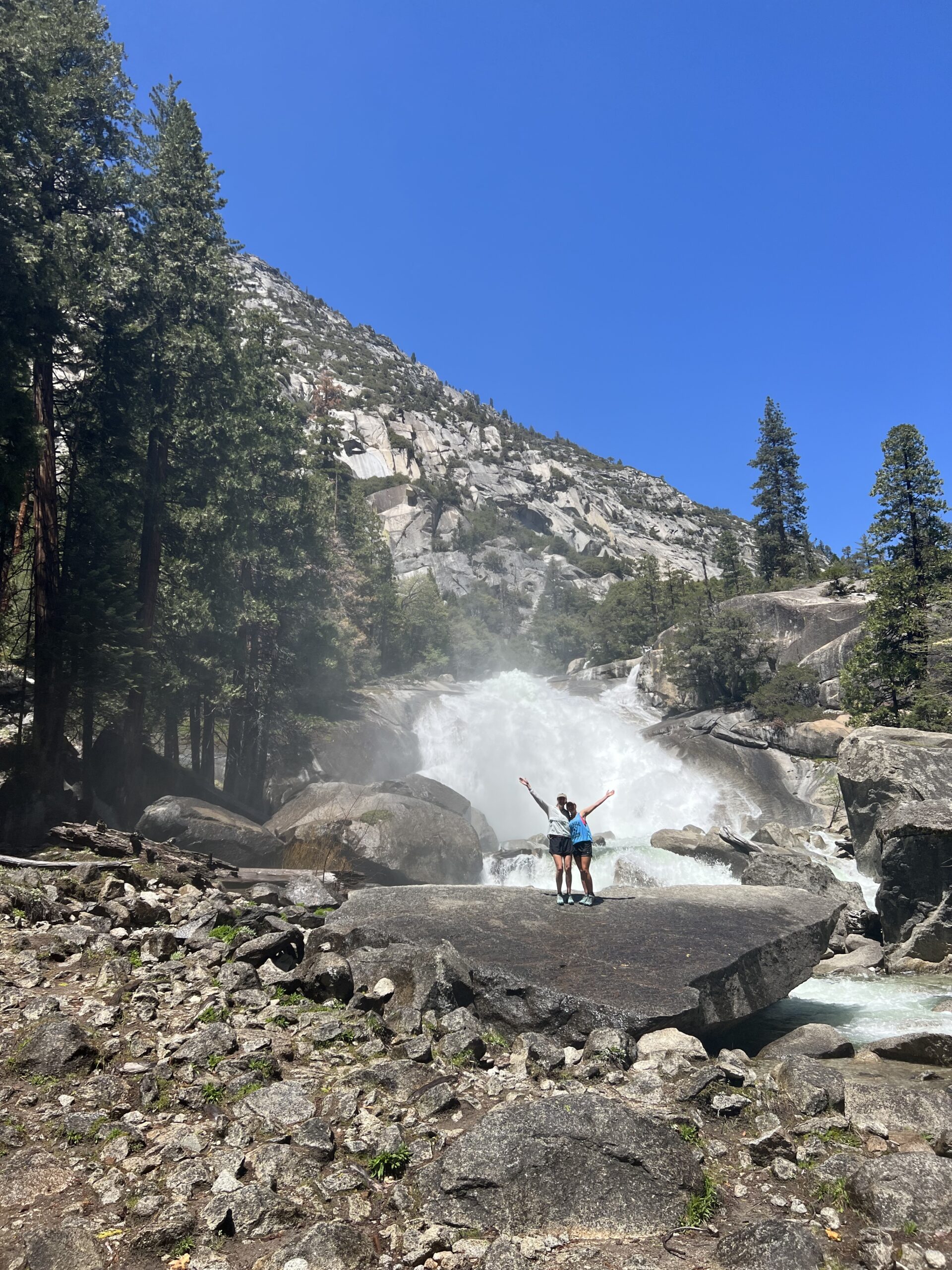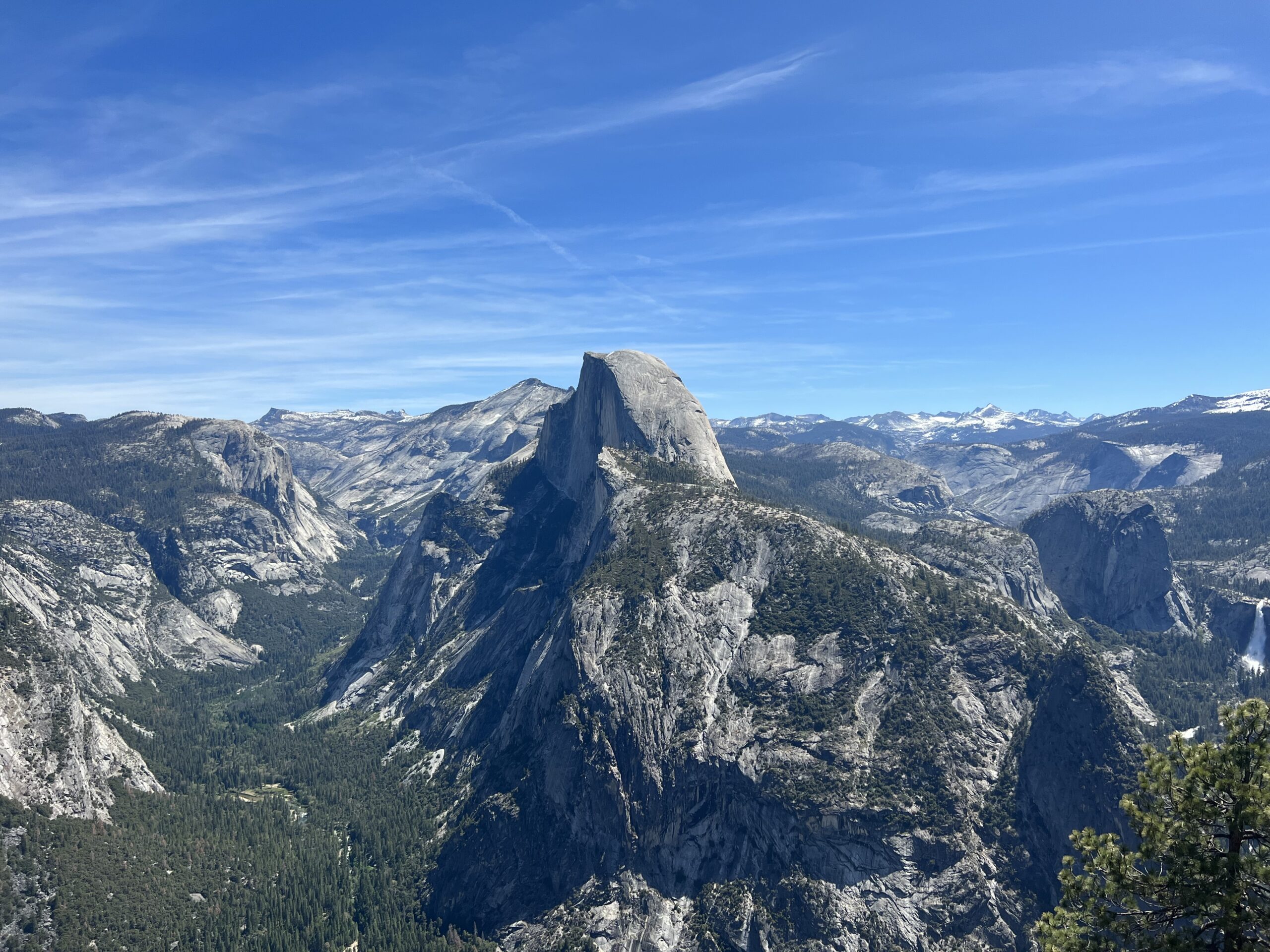Hey blog! Since my last entry Sahalie and I have been all over Washington, Oregon, and Idaho. The scouting season has begun! Our target species to scout for at the moment are Sphaeralcea (Globemallow) and Lomatium dissectum (Fernleaf Biscuitroot/LODI). We quickly learned it was too early for the Globemallow to be flowering, making them quite difficult to scout for without their bright orange inflorescence. The last few weeks we have focused on looking for LODI populations to collect seed from later on.
The scouting process
The scouting process begins long before we hit the road. We usually spend a day examining topographic maps, and satellite imagery for the regions we want to visit, along with a thorough search of herbarium databases to see specific locations LODI has been found in the past. All of these resources help us narrow down a few places we think we will be most likely to find LODI. For this species we are looking on the maps for steep eroding rocky canyons with north and west facing slopes. However throughout the last few weeks we’ve learned quite a bit more about LODI’s habitat preference that doesn’t always follow this pattern! It seems that LODI likes to have an adjacent hill or wall to shade the slope they are growing on. We have also found it thriving on south facing slopes and in little gullies coming off of mountain drainages. After finding LODI on the steepest eroding slopes it was surprising to find it in the much more subtle topography changes of these shallow gullies filled with tumbleweeds.
On the ground
Once we arrive at the places we’ve circled on the maps, the real scouting begins. Sometimes we get lucky and find a huge population instantly, you can even spot it from the road. Other times we will spend the entire day barely scraping up a population of 200 plants. 200 plants is the minimum number of plants we need in a population in order to collect seed from it. Over the last few weeks we have found populations that range from thousands of plants, hundreds of plants to just over 200. Once we have established that our population has enough plants we will begin to map it. This entails walking through the population dropping waypoints approximately every 30 meters and giving an estimate for about how many plants surround each waypoint. By the end of this process we will have a point cloud of the population that gives us a sense of both the boundaries and how many individuals it contains. This information is super helpful for whoever has to find the plants again to collect seed in the future. As we map we also collect leaf tissue samples. For each population we will select 12 plants to collect tissue from, scattered evenly throughout the area. Finally, we will take photos for each population. Each photoset includes the plant’s inflorescence, leaves, stems, base, involucres, the whole plant, the plant in its habitat, and a landscape photo of the habitat from outside of the population.
This months best “office” views
Hells canyon
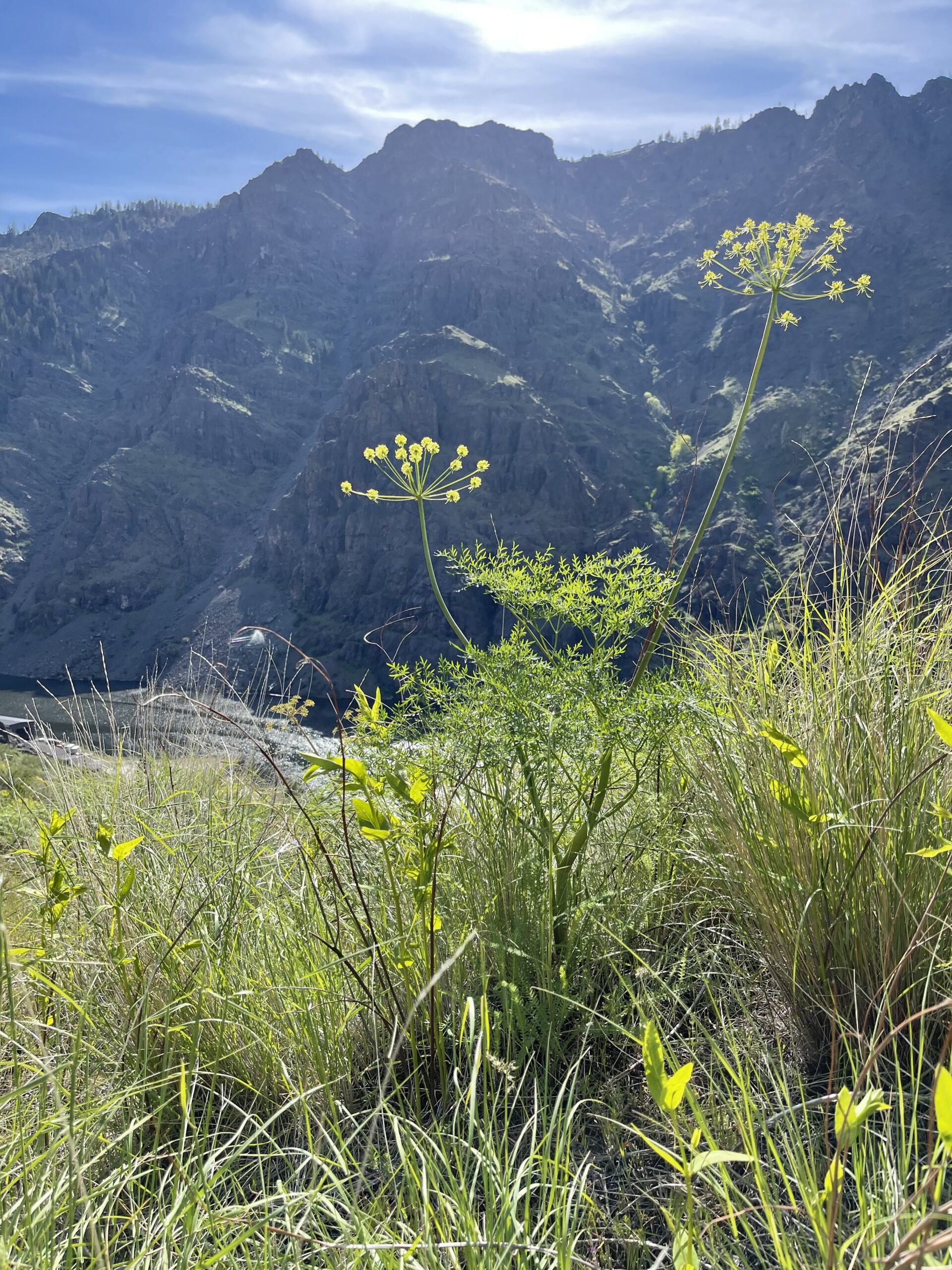

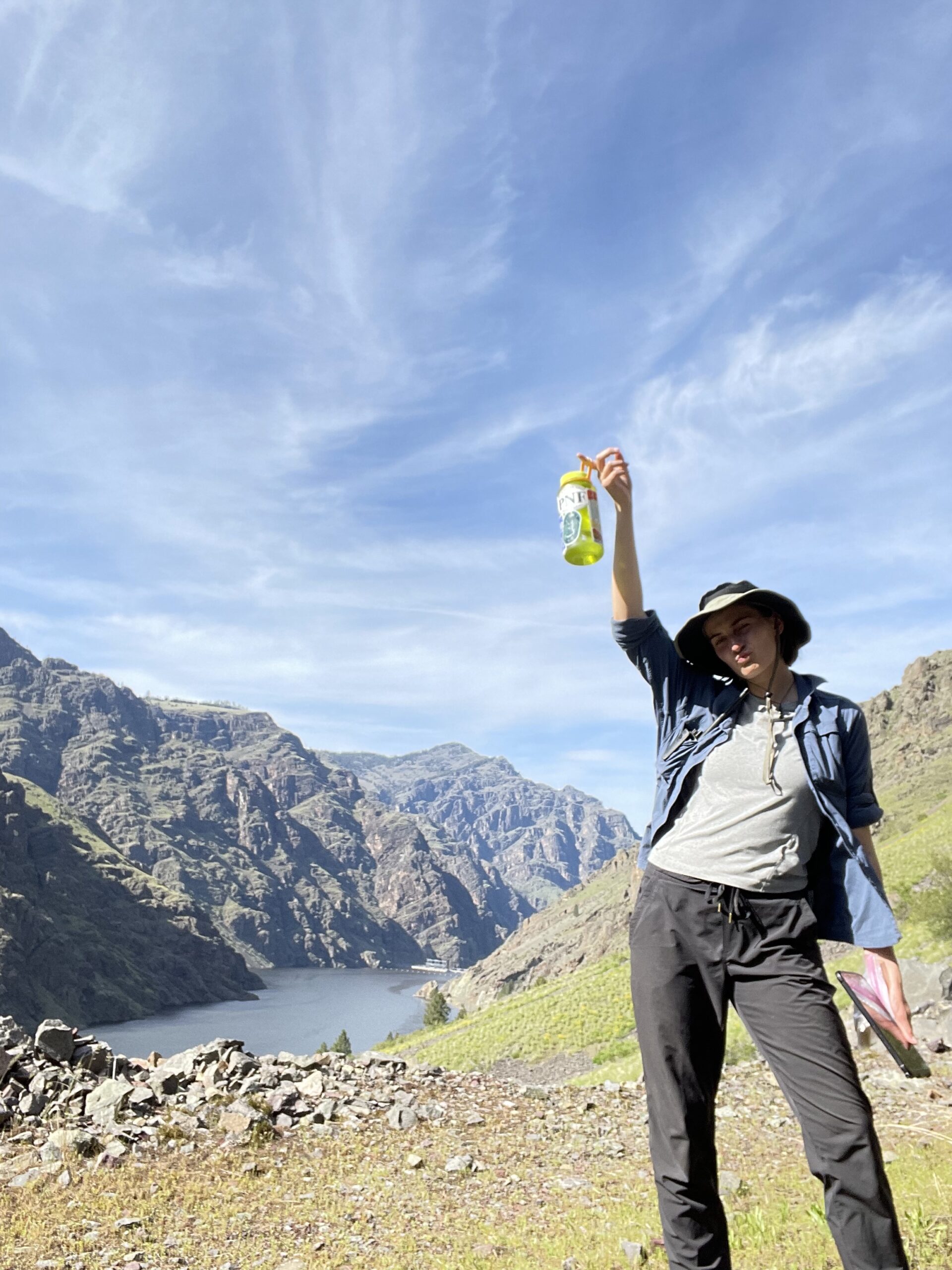
Steens Mountain trip
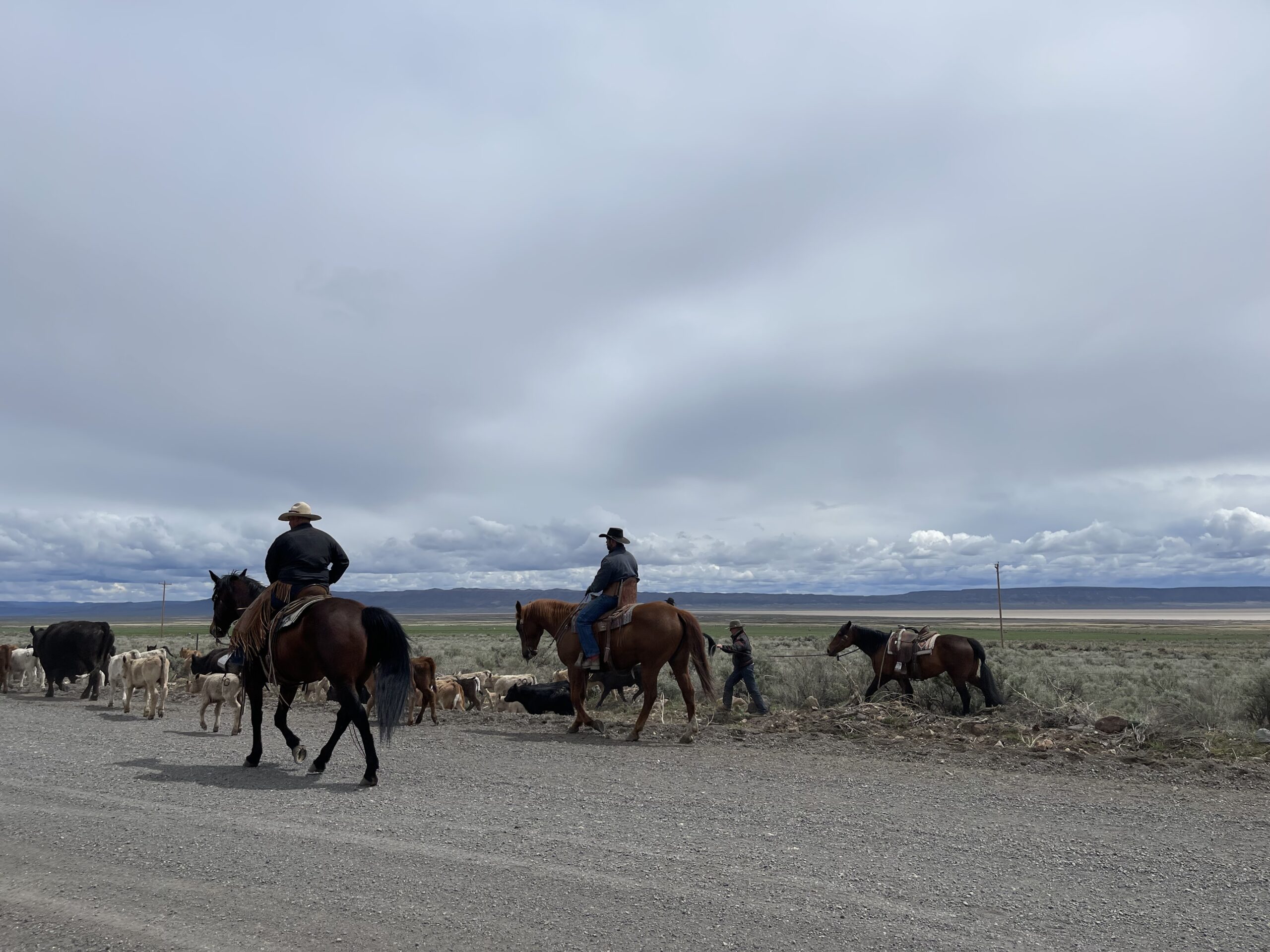
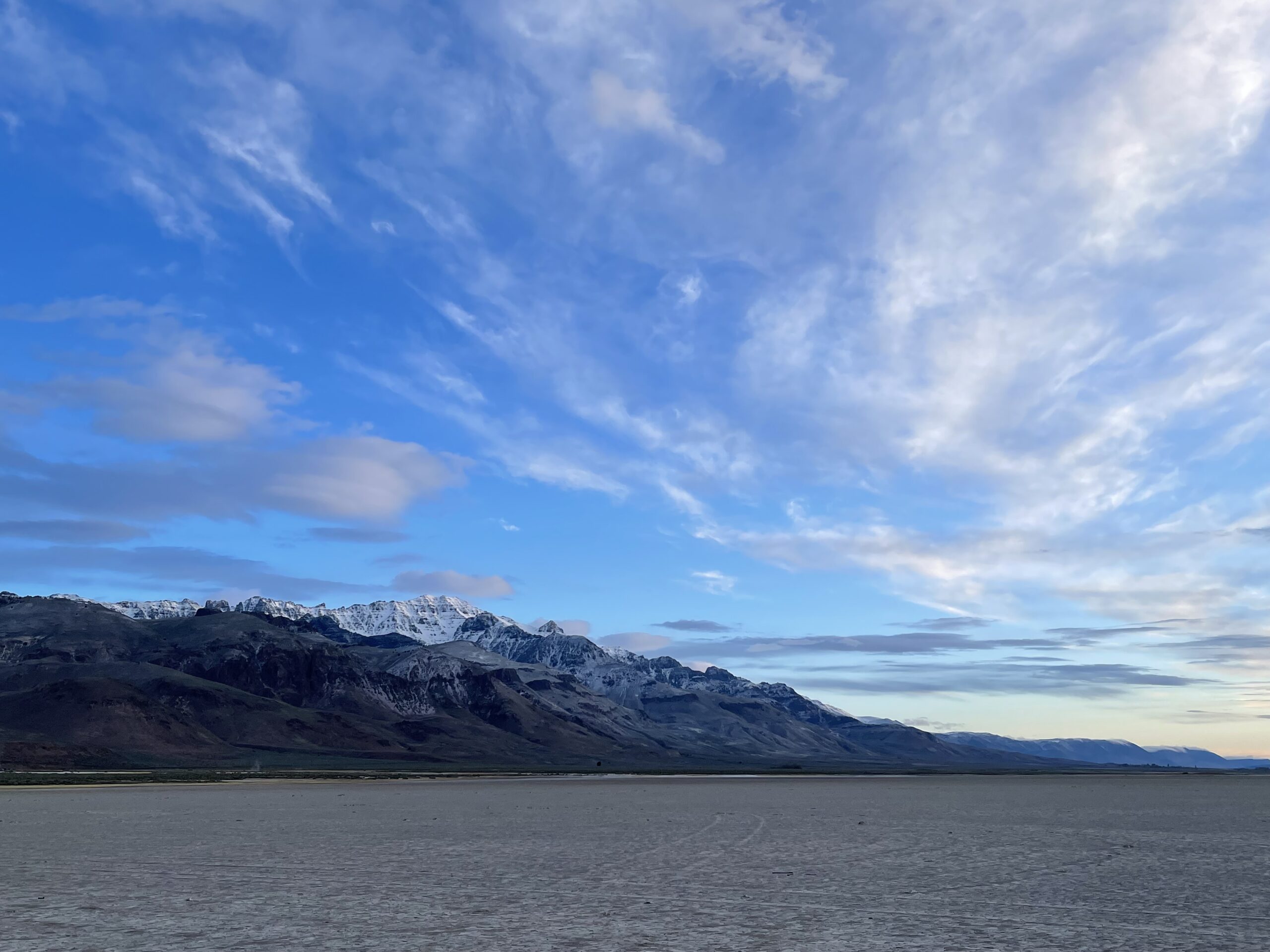


I have absolutely loved this month of scouting. It’s such a good feeling to pick out a little point on the map of somewhere you’ve never been, and then to go there, see the landscape in person, and find exactly the plant you’re looking for! It has taken us to some absolutely magical and remote places and I cannot wait to see more of the Great Basin as the season continues!
Our crew has grown a lot this last month with several new Forest Service technicians joining the team. We have all become such good friends! Outside of work we have been climbing, camping, and having beach days by Lucky Peak reservoir. I’m feeling so lucky to have such a good crew and group of friends to adventure with out here! Here are few more pictures of what we have been up to.
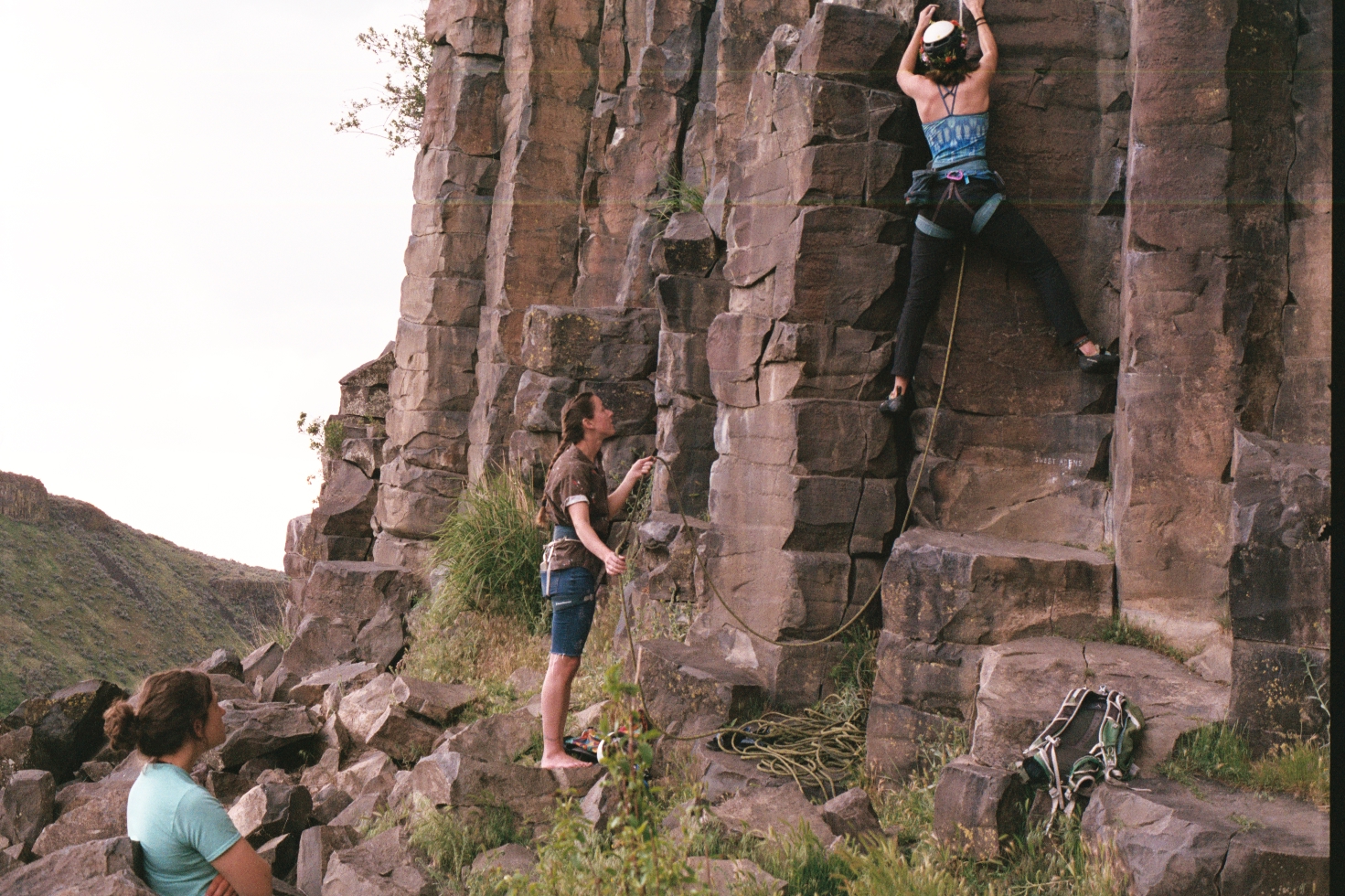
Sahalie, Nyika, and Katie climbing at the Black Cliffs
